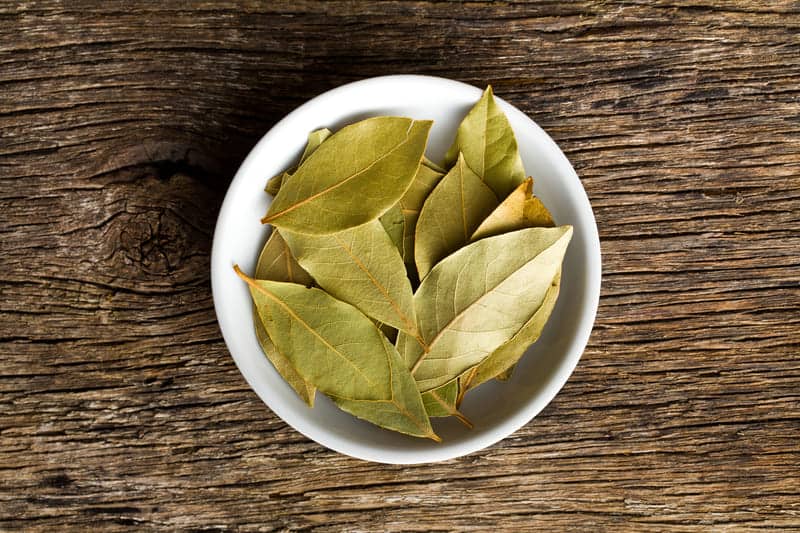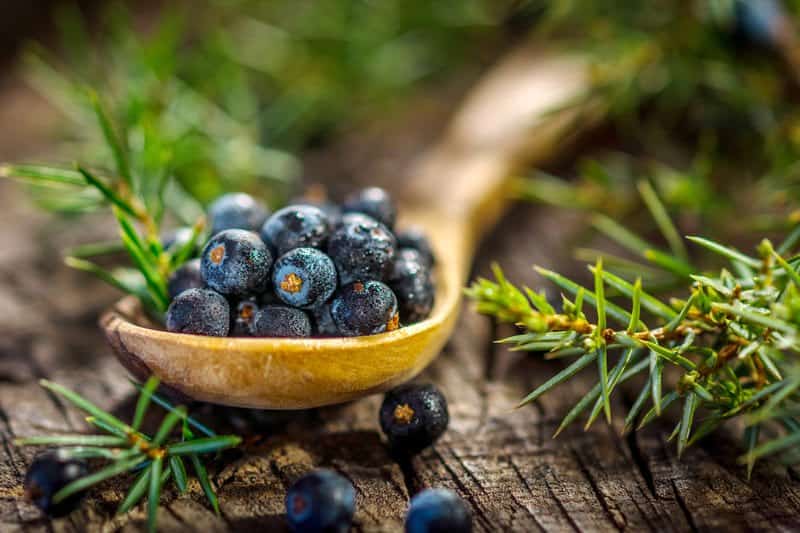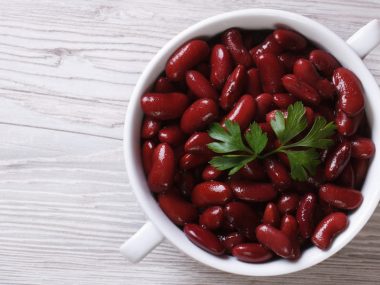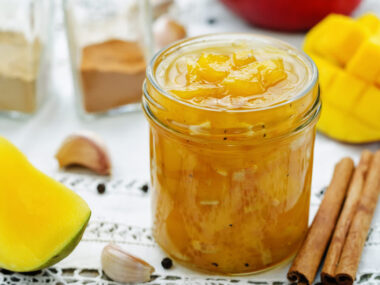Bay leaves are one of the earliest spices used in Ancient times. It’s one of the most traded too. In ancient Greece bay, bay leaves were utilized for flavoring.
In European cuisines, they are utilized as a fixture in different cooking recipes like soups, stews, poultry, fish, sauces, and vegetable dishes.
Numerous conventional French dishes are likewise seasoned by these leaves. Allowing the bay leaves to plunk down and stew in your dish is fundamental.
Over the long run, a portion of the more strong leaf flavors, particularly that menthol-like hint, are separated by the warmth and made into a gentler part of your soup.
Combine this new flavor with the remainder of your recipe, especially in fluid or high-stickiness food varieties, and add a somewhat sweet, tea-like note to the bay leaf.
In recipes including meats like chicken or beef, this functions admirably. But what if you don’t have bay leaf at hand?
Here are 7 ingredients you could use to substitute bay leaf.
Substitutes for Bay Leaf
1. Rosemary
In cooking, in various dishes, like soups, goulashes, plates of mixed greens, and stews, rosemary is used as a flavoring.
Utilize chicken and other poultry with rosemary, game, sheep, pork, steaks, and fish, particularly oily fish. Grains, mushrooms, tomatoes, peas, potatoes, and spinach additionally work out positively for it.
2. Thyme
Thyme is a spice that grows on bunches of meager stems with little leaves. Notwithstanding other conventional herbs, like rosemary, sage, and marjoram, thyme is used to season a wide range of dishes, either alone or as a feature of a mix or bouquet garni.
Thyme can be eaten by anybody hoping to cook with fresh herbs and is good for any eating regimen and seldom viewed as an allergen.
Dried thyme has a practically indistinguishable flavor profile to its fresh counterpart and needs to be rehydrated to show its full reach, regardless of whether all alone or during the cooking process.
In any utilization, dried thyme leaves might be fill in for new, simply use one-third as much dried thyme as you would use fresh.
3. Oregano
Oregano is a spice comprising of the oregano plant’s fresh or dried leaves. The plant has little leaves that give a scope of appetizing food sources an impactful aroma and great flavor.
Oregano sports pink or purple blossoms when in sprout, which are additionally eatable. It is gluten-free as a spice and worthy for veggie lovers and paleo diets.
4. Basil
Basil is a significant spice in Italian cooking in the mint family, despite the fact that it is used in different cuisines, including Thai, Indonesian, and Vietnamese.
It is perceived in traditional pesto as being the principal ingredient and is additionally a typical flavoring in pasta sauces based on tomatoes. Basil is a yearly herb with a color that is most usually green.
It has a delicate and fragrant aroma and a peppery taste. The basil leaves are wide, fragile, with a smooth surface set apart by a progression of veins; they are the fundamental piece of the cooking plant.
It’s a basic spice for home development and famous addition to kitchen gardens.
5. Juniper berries
A substantial scented herb from an evergreen plant or tree is Juniper berries. It grows in the calm districts of Northern Europe, Asia, and North America, which is where it grows.
The segment that is alluded to as the berry is the cone of the juniper berries. It seems like a small green berry and in the second year of growth it winds up turning into a pale blue dark tint. The little blossoms sprout on the juniper plant in the pre-summer.
6. Boldo leaves
Boldo leaves are evergreen, a fragrant bush local to Chile, especially the Andes Mountains.
The tree is additionally widely found in different places, like Mexico, Argentina, Ecuador, and Morocco. Researchers accept the leaves of this tiny tree have been eaten for quite a long time as a wellbeing tonic.
7. Redbay leaves
The red cove plant is an evergreen tree with green wide extended leaves with pointed tips that appear as though bay laurel leaves. Indeed, they’re not red.
Redbay leaf is used for seasoning appetizing food varieties. It is a typical substitution for bay laurel leaves to most inhabitants along the Atlantic shore of the southern USA.
Related Questions
Does a bay leaf make a difference?
At the point when the spice is infused into water, stock, or another cooking fluid, a practically minty flavor (somewhere close to spearmint and menthol) creates, with subtle traces of black pepper and Christmas tree pine.
They add an inconspicuous harshness that holds heavy soups and stews back from being in this way, indeed, heavy. Basically, it adds another layer of flavor to a soup or stew, and the tea-like (goodness so-somewhat menthol) aromas help ease up a generous dish.
Thus, it’s more averse to impede you after a big meal. In case you’re making homemade stock or broth, the bay leaf sparkles more. So yes bay leaf makes a difference.
Can you substitute basil for the bay leaf?
As an individual from the mint family, basil can function as a bay leaf substitute. When dried, basil loses the solid anise notes, so it tastes more like a bay leaf. Dried basil is a decent substitute for bay leaves in Thai, Italian, and other tomato-based dishes, similar to pasta sauces and stews.
Is bay leaf the same as basil?
Basil and bay leaf are herbs similar in appearance and have varying botanical properties with different uses in cooking. Bay leaf and fresh basil are not utilized together since basil combines well with light summer foods while the bay leaf is incredible for generous winter dishes, similar to soups and stews.
The one exemption is with heavier dishes, here dried basil and bay leaf function admirably together as flavors. Both bay leaf and basil bring a dash of harsh, woodsy flavor to a wide range of food varieties.
Is bay leaf and cinnamon leaf the same?
Bay leaf and cinnamon leaf are not the same. Bay leaves are from a European Bay Tree (Laurus nobilis). They are confused because Tejpat (leaves of the cinnamon tree-Cinnamomum zeylanicum) is colloquially called ‘’Indian Bay Leaves’’. The flavors are very unique, however.
The Takeaway
Bay leaf is usually used in soups, broths, stews, meat, or vegetable dishes to give a herby and floral fragrance, with a sharp, and bitter flavor. But if for some reason you can’t use bay leaves you can always use some substitutes.
Thyme is the best substitute that offers a minty flavor same as bay leaves giving you food that minty taste.
Basil is sweeter but adds a bay leaf’s unique taste to your beef or tomato sauce recipes. Juniper berries have an intense piney, resinous flavor which is very similar to that of bay leaves. Boldo leaves are a nearby relative of bay leaves and have a warm and hot flavor and harsh.
In conclusion, Oregano’s strong smell makes it a reasonable substitution for bay leaves. Every one of these substitutes has a unique taste and smell like bay leaves, and they likewise have their exceptional flavors.
For whatever reasons you have for not being able to use bay leaves in your cooking, you can either pick thyme, oregano, basil, juniper berries, boldo leaves, rosemary, or some of the other substitutes in the list above.
Though all recommended above choices can’t give you the specific flavor and smell you hope to get, they are as yet considered as respectable substitutions. Investigate the distinction in taste and smell of these bay leaf substitutes and choose whatever is accessible.
Additionally, it may likewise be acceptable to plant your spices and herbs in your garden if the climate in your area is appropriate for such plants.







